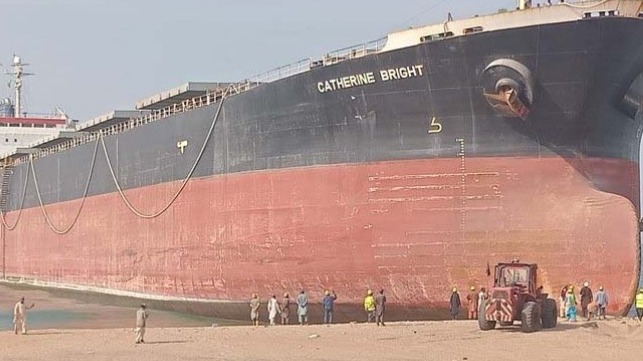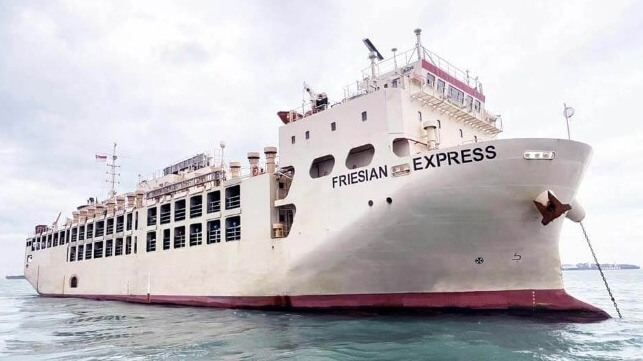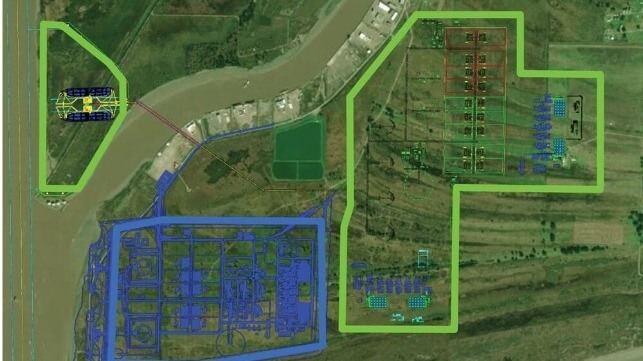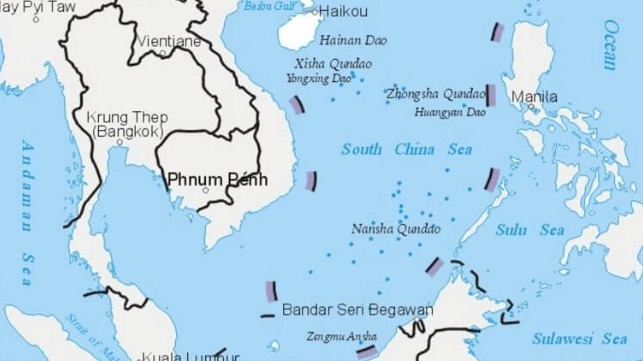Australia's Disappearing Surface Combatant Fleet
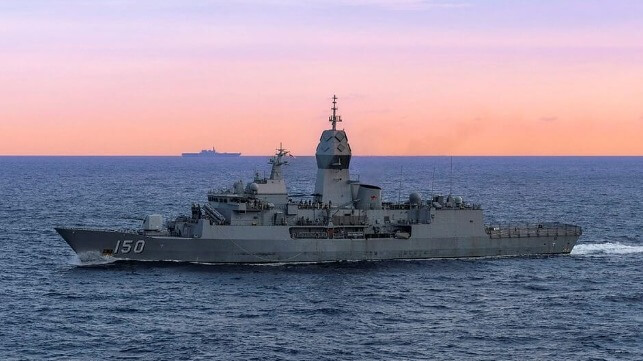
As Australia awarded itself an ill-thought-out peace dividend at the end of the Cold War, the impact fell hardest on the Navy’s surface combatant fleet. Arguably no element was thought through more thoroughly for the 1987 defence white paper than the fleet. Having decided not to acquire an aircraft carrier, the surface combatants were recognized as central to our maritime defense.
The white paper called for a force of three guided missile destroyers (DDGs) and six guided missile frigates (FFGs). With them, though still to be selected, were eight Anzac class frigates, which entered service between 1994 and 2005.
That made a force of 17 surface combatants.
This was not an ad hoc decision. It was a calculation of the force needed to work in the various points of entry through the archipelago to Australia’s north. Studies suggested we needed 20 ships but there was not the money. It was hoped New Zealand would acquire four frigates and that might fill the gap. Critically, as the white paper mentioned repeatedly, the whole force structure was not Cold War related. It was about the character of our region in the medium term. The paper argued that we should relieve the US of the burden of interposing its own forces in the defence of our approaches. Our maritime defense was central to that self-reliance.
Of the 17 vessels planned for those chokepoints, the subsequent 30 years saw the three DDGs and then the six FFGs retired. The Navy’s three Hobart class air warfare destroyers (AWDs) were to replace the three DDGs. Instead, the three AWDs replace the six FFGs as well, nine ships in all. If we built six more AWDs, experience and efficiencies would make them relatively cheap, and our force would look quite formidable. Some could be optimised for anti-submarine warfare which would mean that the current defence minister, who bears no responsibility for any of this, would not be faced with his most troubling decision, the future of the Hunter Class frigate program.
The previous government ended our 30-year Gulf and Red Sea commitment, removing the challenges of maintaining and crewing the Anzacs on their long patrol. During the Iraq war, HMAS Anzac became the first RAN ship to fire its gun in anger since Vietnam as it supported the British landing on the Al Faw Peninsula.
The Australian has reported that consideration is being given to withdrawing HMAS Anzac and two of its sisters from the order of battle. This would reducing costs and help relieve chronic crew shortages for the remainder of the fleet. Instead of 17 ships, we would have eight. In the current effort to keep the maritime highway through the Red Sea open in the face of attacks by Houthi missiles and drones any of these ships could be deployed but the mission is more difficult than the previous tasks. The Anzacs could protect themselves but would find it difficult to protect others. The Navy’s three AWDs, able to integrate seamlessly with US systems, would be as effective as any other of its type there. The government has made clear that its decision to commit support personnel rather than a ship is based on its consideration of what must now be our priorities.
This clearly does not trouble the US in any major way as it was pleased to announce Australia as part of the coalition force.
What has gone wrong over 30 years? Clearly reduction of financial resources stands at the top. It suggests that commitment to self-reliance was skin deep. We took a post-Cold War peace dividend like all our allies. In our case it was not justified, at least against the 1987 strategic underpinning of our defense.
The world in the early 1990s looked full of hope. China was viewed in benign terms with great expectations of a constructive contribution to the global economy. Defense planners are supposed to be bleak, but we missed the most important strategic development of the 1990s. That was the agreement between China and the Soviet Union, and then Russia, to delimit their boundary conflict that in 1969 saw a battle between them on the Ussuri River in which 30,000 died. It has been claimed that President Nixon was asked by the USSR if the US would mind it using nuclear weapons. The US did mind. That agreement shifted the Chinese focus on land and nuclear forces from its northeast to its southwest. China could now emerge as a serious maritime power.
A further factor that moved our focus on the surface fleet was the emergence of the Middle East in a way that took us away from our emphasis on defending the country and our approaches. Paradoxically for us, that was preceded by the major role Australia played in Timor’s independence. That strategic expeditionary task for our ground forces and the Navy saw attention focus on acquiring large amphibious ships.
The Middle East created situations engaging all our armed services, both logistic and combat elements including Afghanistan and two wars in Iraq, one which saw Saddam Hussein overthrown, the other the struggle against ISIS. More broadly, counter-terror after the 9/11 atrocities in the US, underpinned the priority the struggle was given.
Though these engagements were expensive, they were easily doable with a budget in the region of 1.5 to 1.8% of GDP which was nothing like the cost of nine surface combatants. Psychologically the highly praised activity of our serving personnel left a sense that we had what we needed and with a highly satisfied main ally.
An odd interlude in this was a decision to move away from equipping the Anzacs with a helicopter that had no ASW capability, the Sea Sprite. This was the product of an aborted effort to jointly build an offshore patrol vessel with Malaysia. The vessel could not carry the much more capable Seahawk Romeo. I remember a former chief of naval staff, the now late Admiral Michael Hudson, being furious as we continued to pursue the Sea Sprite. The whole point of the Anzacs was anti-submarine warfare in our approaches. Had we forgotten why we acquired them? That was rectified by the cancellation of the Sea Sprite and the introduction of the Romeos in 2008.
The Red Sea struggle has demonstrated that future wars might well require more capable warships to protect sea lanes from land-based threats. The USN is now focusing greater attention on numbers. Small, heavily armed ships and unmanned surface and underwater systems are being rapidly developed and we are interested.
The problem is, though defense spending is rising, the priorities are many. We have immediate problems. All the armed forces have expensive items on the table and severe personnel issues. We can’t afford any mistakes and we must not be trapped by the long term. We are acquiring the future capital ship—nuclear-powered attack submarines—but that is long term. Our ally is filling our gaps in the short term. We can’t afford a long-term solution in our surface fleet as well. Hopefully, as the government addresses our surface fleet needs, it will have that in mind.
Kim Beazley is a senior fellow at ASPI. He served as Australia’s defense minister from 1984 to 1990 and as ambassador to the US from 2010 to 2016.
This article appears courtesy of The Strategist and may be found in its original form here.
The opinions expressed herein are the author's and not necessarily those of The Maritime Executive.
